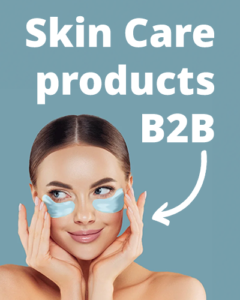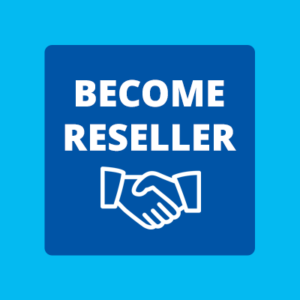Beauty is a multi-billion-dollar sector that is constantly changing. It’s among the fastest-growing industries. Cosmetic usage trends shift to match evolving consumer demands. Any business that intends to stay relevant must adapt its marketing strategies to suit the changing industry. The cosmetics scene is highly competitive, courtesy of an influx of new market entries. Indie brands are giving big companies a run for their money because they invest in marketing. This article looks at the tactics B2B enterprises in the beauty sector can use to increase sales, connect with customers and grow.
Balance Long- and Short-term Goals
When developing marketing campaigns, learn how to focus on both short- and long-term business plans. Concentrating on one aspect at the expense of the other eats into your ROI. The most immediate need for a beauty company might be raising awareness about a new product. Advertising sales activation for your latest facial toner will catch buyers’ attention. In the long term, you want retailers to keep ordering your product. Brand building helps with that. It goes just beyond creating demand; it gives customers reasons to return. So, striking a balance between the two marketing tactics boosts the chances of success.
Understand the Target Audience
Who you market to matters as much as how you market. Consumers change, and brands must shift gears to keep up. Learning about your buyers helps craft campaigns that hit all the right spots. The B2B marketing strategies a cosmetics company was using twenty years ago might not be successful today because the target audience is different. A beauty brand selling in this age should focus on millennials since they make up a huge percentage of the workforce. They make up a big chunk of the people involved in purchase decision-making.
In some instances, they are the sole decision-makers. This generation has different beliefs from the previous ones when it comes to buying and selling cosmetics. Your marketing plans must ask, ‘What do they look for?’ The younger generation cares about how products are made. Sustainability, for example, is a significant driving force. Your marketing should connect with the audience, which is only possible if you know the emotions to tap into.
Segment Audiences
Don’t treat your customers like one big group. Even when selling to other businesses, you are dealing with different audiences. Therefore, a one-size-fits-all strategy limits your reach. Just like in B2C marketing, you have to divide the audience into homogeneous groups that you can target individually. Putting buyers with similar characteristics into one group makes it easier to implement a multi-channel approach. You can choose which channels to use for specific audiences.
Segmentation allows you to maximise opportunities by marketing to as many customers as possible. After dividing your buyers, you can decide how to market to them. One tactic is applying the same marketing strategy for all the segments. Alternatively, you can opt to concentrate on a few segments or have a specific campaign for each buyer group. Having different groups to market to lets you craft dynamic messages with a personal touch. Even though you can’t tailor different content for every buyer, you can make your audience feel appreciated.
Focus on Thought Leadership
Beauty brands that make a difference in the industry look beyond their primary offerings. If buyers are to take you seriously, show them you have more to offer than everyone else. Thought leadership achieves that. Develop content that demonstrates your credibility, expertise and experience in the sector. Writing a blog that educates salons on proper hair care, for instance, can help a hair food manufacturer stand out as an industry leader. Marketing that incorporates thought leadership goes a long way in building confidence in your company.
Invest in Account-Based Marketing
A strategy that is growing increasingly popular in B2B is ABM. The approach maximises ROI by concentrating on a few big accounts. If your business allows it, you can invest more in marketing to several important clients. The main principle of ABM is precision targeting. This approach identifies a single target and focuses on it. Precision targeting seeks to boost sales and revenue by concentrating a brand’s attention on buyers with the highest conversion probability.
ABM reinforces personalisation. It requires you to tailor marketing messages for a specific client. By addressing unique demands and problems, you connect with the buyer better. Customised messages improve engagement, enabling you and your customer to foster trust. The stronger your relationship grows, the higher the retention rate.
Dealing with a few accounts individually allows you to maximise customer lifetime value. While prioritising one account, you can identify up-selling and cross-selling opportunities. ABM makes it easy to learn as much as possible about a buyer. You can use the information learned to leverage every opportunity presented, thereby growing your company.
Another way you get the most out of customers through ABM is by aligning sales and marketing teams. These two critical departments come together to create effective B2B campaigns. As sales and marketing teams collaborate on a particular account, they complement each other for the betterment of the whole business.
B2B marketing can be just as creative and nuanced as B2C marketing. Cosmetic companies can remain relevant and stand out by adapting well-thought-out marketing strategies. Putting ABM at the forefront, segmenting audiences and investing in thought leadership are some approaches that are helping beauty brands grow.








